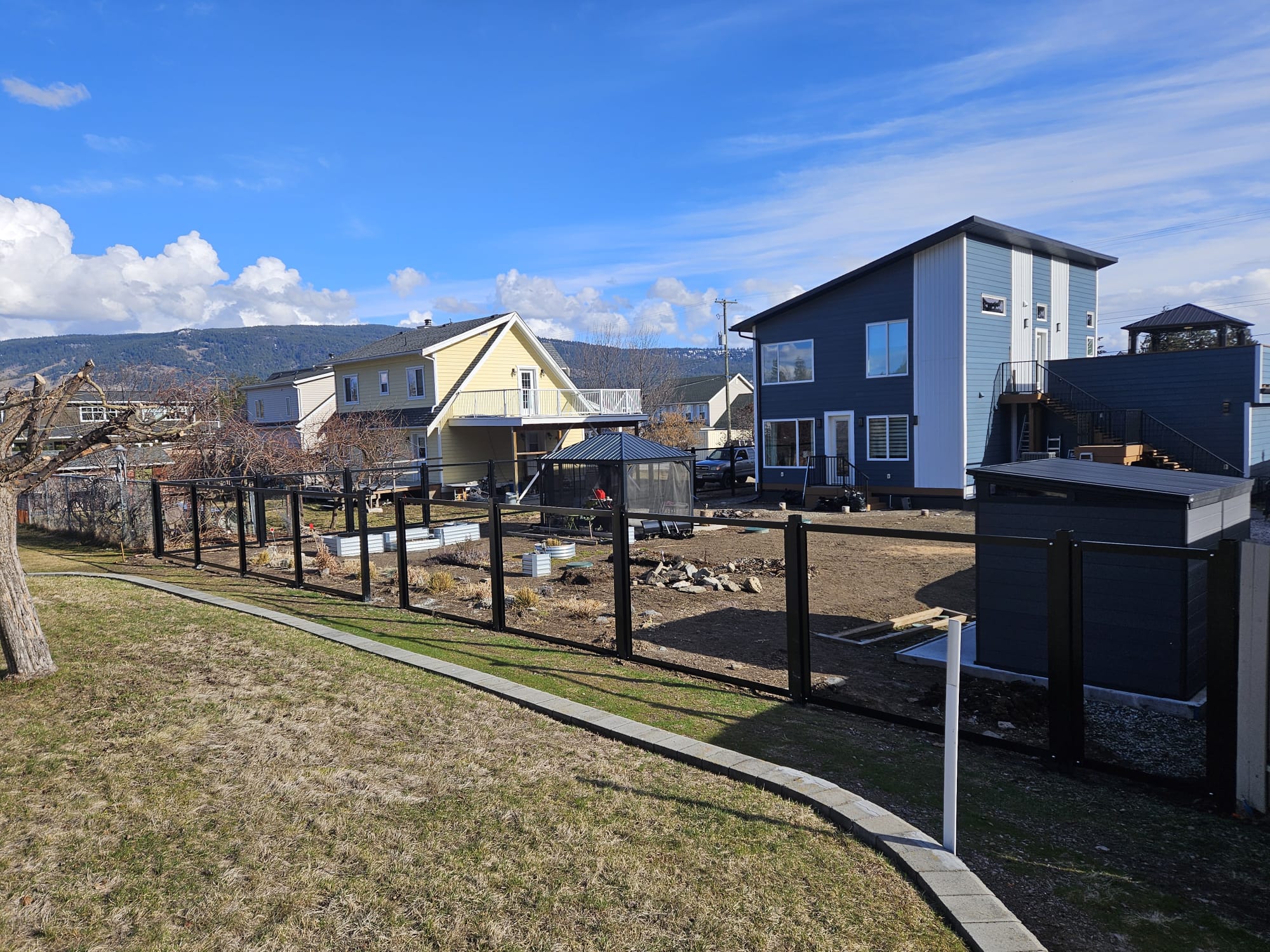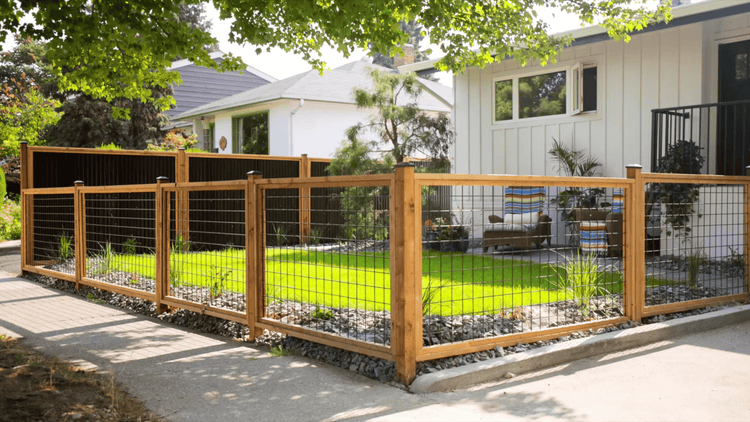Concrete Per Fence Post: How Much Do You Really Need?
Understanding Concrete Requirements for Fence Posts
Concrete anchors your fence posts against wind, weather, and time. Correct volume ensures stability for wood, metal, vinyl, or chain link fencing. The amount needed depends on post size, hole depth, soil type, and fence weight. Using too little risks leaning or failure; too much wastes money.
Calculating Concrete for Standard Fence Posts
Concrete volume is calculated as: Volume = π × radius² × depth, subtracting the post volume. Typical holes are 8-12" in diameter and 24-36" deep. A 10" diameter, 30" deep hole requires ~1.36 cubic feet of concrete. With 50-lb bags yielding ~0.375 cubic feet, you'd need 3.6 bags per post if filling completely. Most pros fill 2/3 with concrete and backfill soil for drainage, reducing needs to ~2 bags per standard post.
Concrete for 4x4 Fence Posts
Common 4x4 posts (3.5"x3.5") need a 10-12" diameter hole about one-third the above-ground height plus 6". For a 6-foot fence, that's ~30" deep. Expect 1 bag per post for 24" depth, 1.5-2 bags for 30" depth. In frost-prone areas, depths may reach 36-48", increasing concrete to 2-3 bags per post.
Chain Link Fence Post Concrete Requirements
- Terminal posts (corner, end, gate): 8-10" diameter, 30" deep → ~1-1.5 bags
- Line posts: 6-8" diameter, 24" deep → 0.5-1 bag
Post spacing affects totals; gate and corner posts always require full concrete footing.
Fast-Setting vs Standard Concrete Mix
Fast-setting concrete sets in 20-40 minutes, saving time but costing more. It may require 10-15% extra to ensure full coverage. Standard mix cures in 24-48 hours, allows adjustments, and provides stronger hydration for long-term durability. DIYers benefit from standard mix for easier alignment and better bonding.
Special Considerations for Heavy-Duty Fencing
Corrugated steel panels or heavy metal posts need larger, deeper footings. Hole diameters: 12-14", depth 36"+, ~3-4 bags per post. Bell-bottom footings increase stability for privacy fences in windy areas, adding ~1 extra bag per post. Extra concrete prevents tipping and accounts for moisture expansion around metal posts.
Soil Conditions and Regional Variations
- Sandy soils: Increase diameter by 2-4", 25-50% more concrete
- Clay soils: Less concrete + gravel drainage helps prevent post shifting
- Rocky soils: Partial fills may require <1 bag per post
Freeze-thaw zones require deeper posts; coastal and high-wind areas may need reinforced footings.
Alternative Methods & Concrete Reducers
Options to reduce concrete use:
- Expanding foam posts: 1-2 cans per post
- Concrete + gravel hybrid: pour concrete bottom 8-12", fill rest with compacted gravel → saves 50-70%
- Temporary fencing: concrete collar at surface, 0.5 bag per post
Cost Optimization and Purchasing Guidelines
Concrete costs $5-8 per 50-lb bag. Accurate calculation avoids waste. For 50+ bags, consider ready-mix delivery for labor savings and consistent quality. Store bags dry; old or clumped bags reduce strength. Buy only what’s needed for phased installations.
Professional Installation Tips and Best Practices
- Concrete collars with dry-packed concrete below can cut 20-30% of usage
- Seal wood posts or use metal posts to prevent moisture cracking
- Install in 50-70°F, overcast conditions for ideal curing
FAQs
- Concrete for 6-foot 4x4 post? 1.5-2 bags per post depending on hole depth/frost line.
- Aluminum posts need less concrete? Yes, usually 1-1.5 bags per post.
- Minimum concrete for stability? 1 bag per post for lightweight fencing; recommended amount ensures longevity.
- Posts per pallet of concrete? 42-56 bags → ~20-28 posts at 2 bags each, more for lighter posts.
- Extra concrete for gate posts? Yes, 50-100% more; plan 3-4 bags per gate post.
Key Takeaways
- 4x4 posts: 1-2 bags of 50-lb concrete; deeper/frost-prone areas require more
- Chain link: 0.5-1 bag for line posts, 1-1.5 bags for terminal posts
- Fast-setting mix saves time but costs more; standard mix provides stronger bond
- Soil type, wind, frost line, and fence weight affect concrete needs
- Hybrid methods, gravel, or foam can reduce concrete usage
- Professional techniques optimize concrete use and fence longevity


